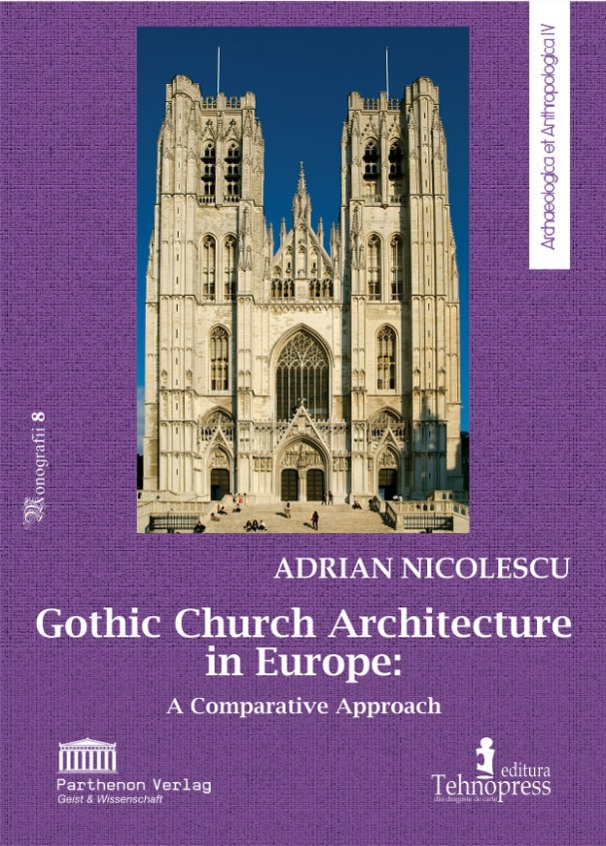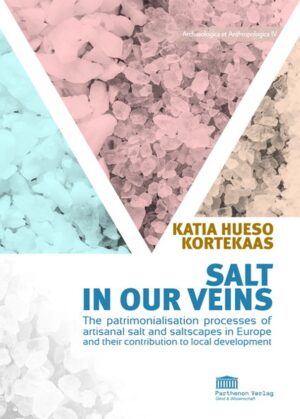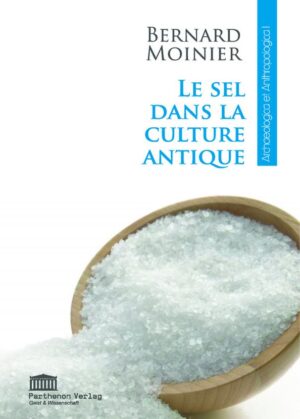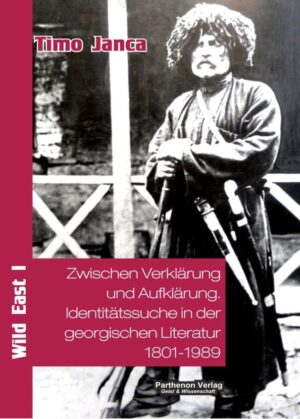Titel: Gothic Church Architecture in Europe: A Comparative Approach
Autor: Adrian Nicolescu
Reihe: Archaeologica et Anthropologica V
ISBN: 978-3-942994-20-0
Format: A4 21 x 29,7 cm
264 S. (244 farb. Abb.)
Status: Lieferbar – Inhalt
Preis: 49.80 Euro
in Zuasmmenarbeit mit/in collaboration with: Tehnopress (Iasi)
Inhalt/Content:
Dieser Überblick über die gotische Kirchenarchitektur in Europa konzentriert sich auf die mittelalterliche gotische Kirchenarchitektur, schließt also neugotische Bauten aus. Im Vergleich zu anderen, älteren Büchern dieser Art, präsentiert das vorliegende Werk die gotische Architektur, indem es auch die Randzonen und extremen Ränder Europas mit einbezieht und die Architektur von Skandinavien bis Rumänien vorstellt, einschließlich sogar gotischer Architekturelemente in Russland oder Griechenland. Das Buch stützt sich auf die neuste Forschung zur Kunstgeschichte, versucht aber, den Blick des Spezialisten zu vermeiden und kommt weitgehend ohne Fachjargon aus. Dieses Buch ist ein „Führer“ im besten Sinne des Wortes. Im Idealfall wird der aufmerksame Leser nach der Lektüre dieses Buches und der Betrachtung der entsprechenden Abbildungen in der Lage sein, bestimmte morphologische Details zu erkennen und so die verschiedenen Arten von Rundfenstern (Rosettenfenster, Radfenster, Oculi) oder Giebeltypen (z.B. die Dreiecksgiebel Italiens, die Stufengiebel Deutschlands und Polens, die holländischen Giebel der Niederlande, die Glockengiebel der Dorfkirchen Spaniens, Mexikos und der lateinamerikanischen Länder) zu unterscheiden.
This brief survey of Gothic church architecture in Europe focuses on medieval Gothic church architecture excluding, thus, neo-Gothic buildings. In comparison to other, older books of this kind, the present work presents the Gothic Architecture by including also the marginal zones and extreme fringes of Europe, presenting architecture from Scandinavia to Romania, including even Gothic architectural elements in Russia or Greece. This book is based on scholarship and important books on the history of arts, but tries to avoid the specialist’s view and does not use jargon (or only as much as was absolutely necessary). One can easily imagine a group of tourists who, on having joined an all-inclusive package conducted coach tour of cathedrals in Germany, Austria or Poland, on entering a third or fourth hall church, may have a feeling of déjà vu, without being able to remember exactly where they have seen something very similar. Where, besides Canterbury, have they seen in England a choir screen separating the nave from the choir? Or double transepts? Where in France or Spain, apart from Notre-Dame in Paris or Toledo, have they seen double aisles flanking each side of the nave? Everybody knows, even from personal experience, that if you’re rubber-necking, doing, say, several castles on the Rhine River Valley or in Château Country in France, or the monasteries of Northern Moldavia, in just one day, you end up by getting superimposed images, leading to serious headache. This book should be taken as a guide-book in the best sense of the word: The author feels pretty confident that after reading this book and looking at the relevant illustrations, the perceptive reader will be able to identify certain morphological details and thus distinguish between the various types of circular windows (rose windows, wheel windows, oculi) or types of gables (e.g. the triangular gables of Italy, the stepped gables of Germany and Poland, the Dutch gables of the Low Countries, the bell-gables of village churches in Spain, Mexico, and the Latin American Countries)
Autor/Author:
Adrian Nicolescu (geb. 1933 in Bukarest) ist Linguist und Kulturhistoriker. Seine zahlreichen akademischen Interessen umfassen lexikalische Semantik, Lexikographie, Ethnolinguistik, pädagogische Linguistik, Übersetzungsstudien, Geschichte der britischen Zivilisation, Architektur, bildende Kunst und Musik. Als Visiting Senior Lecturer unterrichtete er Rumänische Sprache und Zivilisation an der School of Slavonic and East European Studies (jetzt UCL SSEES) und am Westfield College (jetzt Queen Mary & Westfield College), University of London, sowie an der Fakultät für Moderne und Mittelalterliche Sprachen, University of Cambridge (1969-1971), war Honorary Research Fellow an der Bradford University als UNESCO-Stipendiat (1975-1976), Leiter der Abteilung für Englisch, Prodekan und Prorektor für Promotionen und Forschung (1977-85, 1990-96) an der Universität Bukarest. Seine fünfbändige Abhandlung über die Geschichte der britischen Zivilisation (in rumänischer Sprache, Institutul European, Iaşi 1999-2009) wurde mit dem Wissenschaftsbuchpreis des rumänischen Verlegerverbandes (2002) und dem Geschichtspreis der Rumänischen Akademie „A.D.Xenopol“ (2007) ausgezeichnet. Als Emeritus ist er weiterhin Ehrendirektor und Gründer des Zentrums für britische Kulturstudien an der Universität Bukarest.
Adrian Nicolescu (b. Bucharest 1933) is a linguist and cultural historian. His many academic interests include lexical semantics, lexicography, ethnolinguistics, educational linguistics, translation studies, history of British civilisation, architecture, the visual arts and music. As Visiting Senior Lecturer, he taught Romanian Language and Civilisation at the School of Slavonic and East European Studies (now UCL SSEES) and Westfield College (now Queen Mary & Westfield College), University of London, and at the Faculty of Modern and Medieval Languages, University of Cambridge (1969-1971), was an Honorary Research Fellow at Bradford University as a post-doctoral UNESCO scholar (1975-1976), Head of the Department of English, Vice-Dean and Vice-Rector in charge of doctorates and research (1977-85, 1990-96) at the University of Bucharest. A few of his former doctoral students have become distinguished academics in the higher education establishments of the USA, Canada, France and Israel. He himself lectured across Europe, from Constantza on the Black Sea coast to Glasgow, and from Lisbon to St Petersburg. He also chaired the Commission of Humanistic Sciences of the National Council for Academic Evaluation and Accreditation of the Romanian Parliament (1993-2005). He is best known in the great libraries of the world as Editor-in-Chief and co-author of the two-volume UNESCO/CEPES Multilingual Lexicon of Higher Education (K.G.Saur Verlag, München/New Providence/London/Paris 1993,1996), and he was also a contributor to Ronald Legendre’s Dictionnaire actuel de l’éducation 2000 (Guérin, Montréal & ESKA, Paris 1993). His five-volume treatise on the History of British Civilisation (in Romanian, Institutul European, Iaşi 1999-2009) won the Romanian Publishers‘ Association Science Book Award (2002) and the Romanian Academy’s “A.D.Xenopol” History Award (2007). He is currently Professor Emeritus and Honorary Director-Founder of the Centre for British Cultural Studies at the University of Bucharest.





